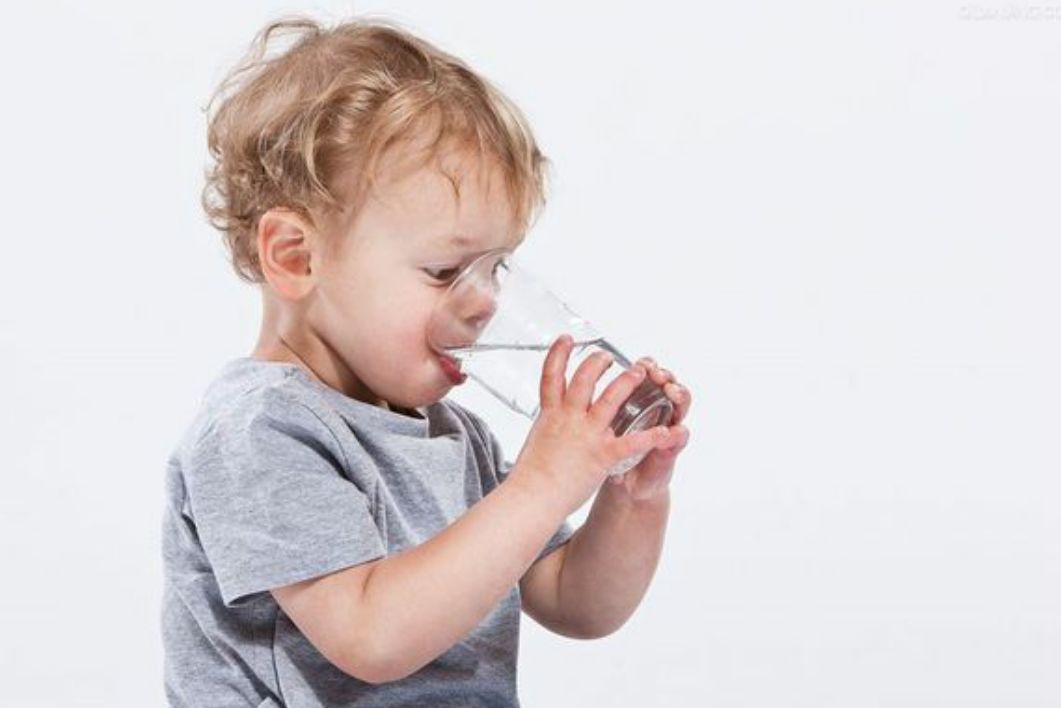How Do You Treat Water Contaminated With Bacteria And Viruses?
Water is vital to all life on Earth. In addition to countless aquatic organisms, there are also microorganisms such as bacteria and viruses that live in aquatic habitats.
Bacteria and viruses can multiply unnoticed in oceans, lakes, swimming pools and even your glass. This is a problem because some of these microorganisms can cause illness in people and pets.
In fact, bacteria and viruses in water have long been one of the largest health risks in human history. That's why drinking water treatment has been such a win for public health.

Viruses
Viruses are infectious microbes that can only replicate by using the materials found inside a host's cells. As a virus infects healthy cells in order to find new building material for replication, the cells become damaged and often die. This can make the host organism sick, or worse.
There are many ways to classify viruses. One way is to group them by the primary system they target in the body. For example, one of the most common types found in water are called enteric viruses. These are known to take hold in the gastrointestinal tract, causing gastroenteritis. Rotaviruses, enteroviruses, norovirus, and poliovirus are well known enteric viruses.
Other virus types affect other body systems. For instance, influenza viruses and coronaviruses primarily affect the respiratory system. Enteric viruses usually enter water supplies through human feces and animal waste. This can be from wildlife or leaking sewage lines. Polluted storm runoff can also cause groundwater and surface water systems to become contaminated.
Viruses can infect a wide variety of hosts, including plants, animals, fungi, and even bacteria. Some well-known viruses that affect humans include the common cold, viral-meningitis, COVID-19, AIDS, and hepatitis A.
Bacteria
Bacteria are mostly simple, single-celled organisms found almost everywhere on Earth. Many types of bacteria are benign or even beneficial to people and animals, but some can make you sick.
Similar to viruses, bacteria can also damage host cells and tissues as they multiply, leading to illness. However, unlike viruses, bacteria can live and grow on their own without needing to invade a host cell.
In the context of waterborne diseases, common bacterial culprits include Escherichia coli (E. coli), coliform bacteria (more specifically fecal coliform), and salmonella. Other microorganisms like protozoa - cryptosporidium and giardia, for example - can also be responsible for waterborne illnesses.
Contaminated drinking water sources can lead to gastrointestinal issues like cramps and diarrhea. In some cases, bacteria like E. coli can cause more severe conditions like dysentery. Other bacteria, such as salmonella, can lead to serious illnesses including typhoid fever and even bacterial meningitis.

How Do You Treat Water Contaminated with Bacteria and Viruses?
Boil Water
Boiling water is one of the oldest methods for making water safe to drink. Humans have been doing it for thousands of years because it works. While some pathogens can survive in extreme conditions, there aren't many that can survive being boiled for several minutes.
Chemical Disinfectants
Chemical disinfectants work through the inactivation of bacteria and viruses in water. That means it stops them from replicating. If a pathogen can't replicate itself, it can't make you sick. Chlorine has the advantage of requiring very little to be effective in treating water. It also evaporates out of water pretty quickly.
Ultraviolet Light
Many public water suppliers opt to use UV light as their primary disinfectant while adding a little bit of chlorine as a secondary so it can make it through miles of pipes without being reinfected.
Filtration
Filtration is when water moves through a physical barrier that removes contaminants. There are many types of filters out there. Water can be filtered by going through sand, activated carbon, KDF media, or a reverse osmosis membrane.
If you want nothing but the best water quality you can get, Lvyuan can help.
Henan Lvyuan Water Treatment Technology Co., Ltd. is the manufacture of water purification filter in China. Our main products are filter balls, activated carbon, TCCA chlorine, PAM and other chemical products. lf you are in need ofchemical products or water purification filter, feel free to send your inquiry to us.
